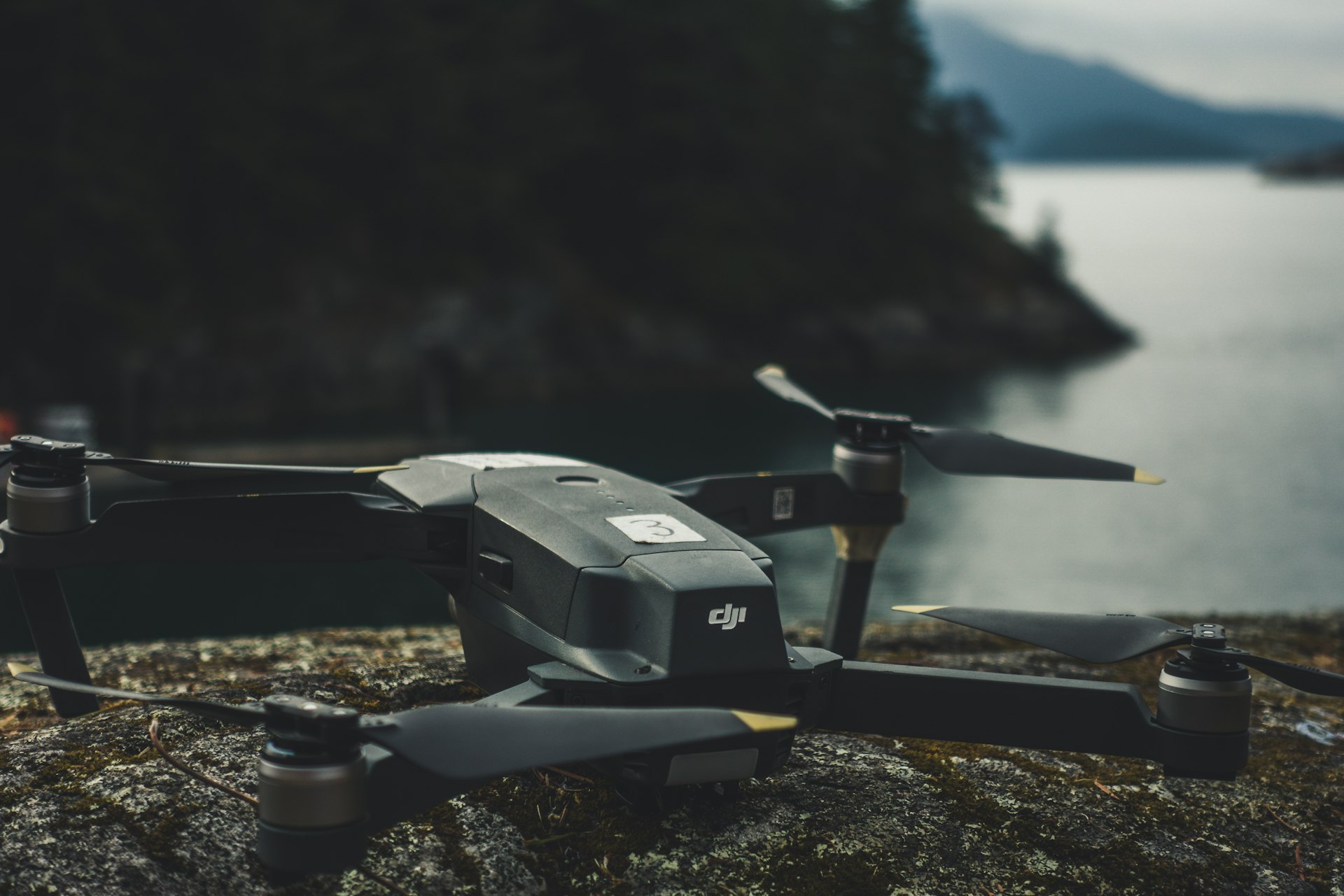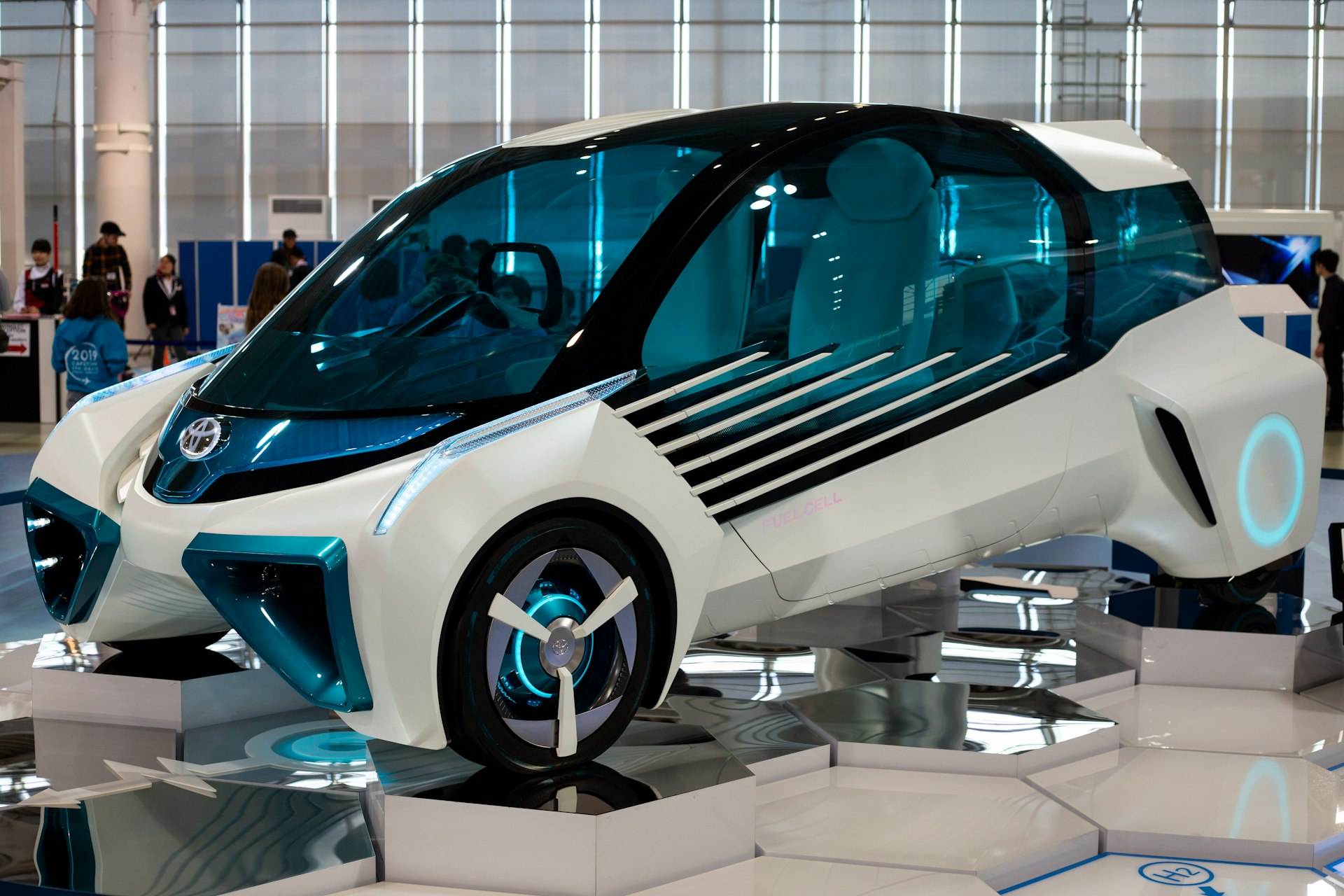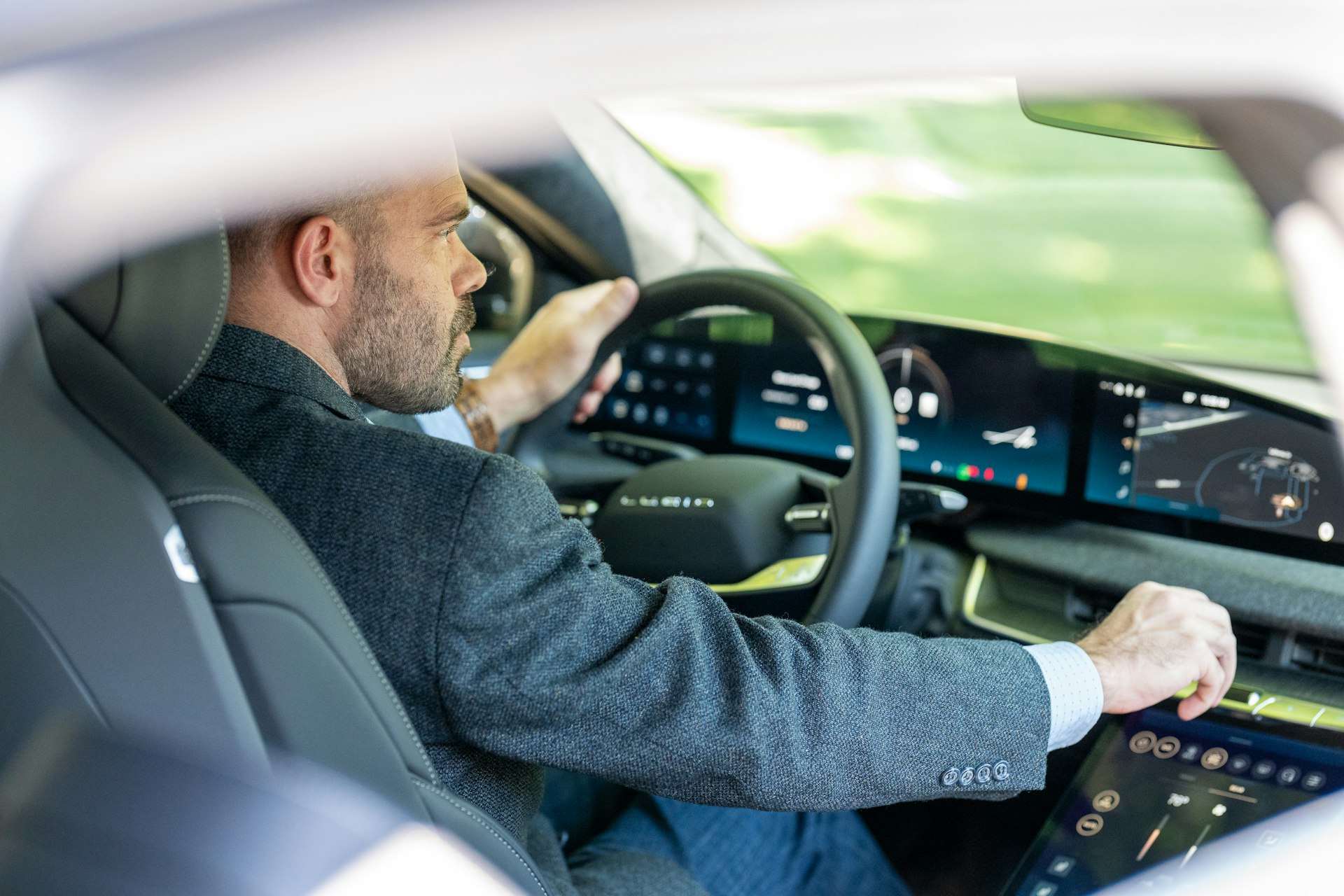Fleet Electrification: Strategies, Trends, and Practical Guidance for the Road Ahead

Photo by Darren Halstead on Unsplash
The Shift Toward Fleet Electrification: Market Forces and Industry Readiness
The electrification of vehicle fleets is rapidly moving from a forward-looking vision to an operational reality. In 2025, industry leaders and fleet operators are experiencing a pivotal shift, driven by new regulations, improving technology, and a clear demand for sustainability. Businesses across sectors-logistics, municipal services, corporate transportation, and more-are exploring or actively implementing electric vehicles (EVs) and hybrids to lower costs, reduce emissions, and future-proof their operations [1] , [2] .
Why Electrification Matters: Key Drivers
Several forces are shaping the future of fleet electrification:
- Cost Savings: While the initial purchase price of EVs tends to be higher, the total cost of ownership (TCO) is typically lower. Savings accrue through reduced fuel expenditures, lower maintenance costs, and fewer moving parts needing repair [2] . For example, studies show that fleets operating electric tractors see a TCO that is $0.18 per mile lower than those using diesel trucks.
- Sustainability and Regulatory Compliance: Companies are under increasing pressure-from both regulators and customers-to reduce their carbon footprint. Federal and state rules, such as California’s Advanced Clean Fleets regulation and new EPA standards, are pushing organizations toward zero-emission vehicles [2] .
- Technological Advances: Battery improvements, smarter charging solutions, and better data analytics platforms are making it easier and more practical to operate large electric fleets [3] .
Current Adoption: What Real Fleets Are Doing in 2025
According to recent surveys, approximately 64% of fleet professionals already operate EVs within their organizations. Notably, the share of fleets expecting 20-50% electrification is predicted to jump from 7% in 2024 to 36% in 2025. Furthermore, 87% of fleet managers have plans to electrify their fleets within the next five years, indicating widespread intent and momentum for adoption [5] . For those unable to fully transition today, plug-in hybrid electric vehicles (PHEVs) offer a flexible alternative, combining electric drive with gasoline backup.
Case Example: Phased Rollouts and Hybrid Approaches
Some organizations are beginning with pilot projects, deploying a small subset of EVs or PHEVs, monitoring performance, and scaling up as infrastructure and comfort grow. For instance, a municipal fleet may start with electric light-duty vehicles, then expand to medium- and heavy-duty trucks as technology and charging networks mature. This staged approach lowers risk and allows for adaptation based on real-world results [5] .

Photo by All good on Unsplash
How to Begin: Step-by-Step Guidance for Fleet Electrification
Transitioning to electric fleets requires thoughtful planning and execution. Here’s a practical, step-by-step guide:
- Assess Fleet Needs: Begin by analyzing current vehicle use, routes, payloads, and dwell times. Determine which vehicles are best suited for electrification based on range, charging access, and operational demands.
- Explore Vehicle Options: Research available EV and PHEV models that fit your operational profile. Compare their range, capacity, reliability, and manufacturer support. Consider starting with vehicles that have predictable, short daily routes.
- Evaluate Infrastructure: Determine charging requirements based on fleet size and daily mileage. Investigate on-site charging solutions and partnerships with charging network providers. Factor in installation costs, grid capacity, and maintenance needs. Many providers offer turnkey solutions, including installation, software, and maintenance.
- Build a Financial Model: Calculate the total cost of ownership, including purchase price, incentives, fuel savings, maintenance, and projected resale value. Take advantage of federal incentives, such as tax credits available under the Inflation Reduction Act. For the latest details, you can search for “federal EV tax credits” on the official Internal Revenue Service website or visit the Department of Energy’s Alternative Fuels Data Center.
- Pilot and Scale: Deploy a small group of vehicles to test performance, monitor charging logistics, and gather data. Use pilot results to refine your rollout strategy, then scale up incrementally.
- Train Drivers and Staff: Offer training on EV operation, charging protocols, and safety. Ensure drivers are comfortable with the new technology and understand its benefits.
- Monitor and Optimize: Use telematics and data analytics tools to track vehicle utilization, charging patterns, and maintenance needs. Adjust your strategy as you learn from operational data [3] .
Alternative Pathways: Hybrid and Flexible Models
If full electrification is not immediately feasible, consider a blended fleet. Incorporating plug-in hybrids allows for electric operation on short trips and gasoline backup for longer routes, providing flexibility during grid or infrastructure buildout phases [5] .
Challenges and Solutions
Transitioning to electric fleets is not without obstacles. Common challenges include:
- Infrastructure Complexity: Installing sufficient charging stations can be a logistical and financial hurdle. Solutions include phased installations, seeking utility partnerships, and leveraging public charging networks where possible.
- Upfront Costs: High initial investment can be a barrier. Mitigate costs by applying for available grants, tax incentives, and exploring leasing or financing options. Many states offer additional programs-consult your state energy agency for details.
- Vehicle Availability: Supply chain constraints may affect delivery times for some EV models. Maintaining flexibility in model selection and engaging with multiple OEMs can help ensure timely deployment [4] .
- Change Management: Shifting to EVs requires cultural and operational adaptation. Clear communication, robust training, and involving employees early in the process can build support and smooth the transition.
Trends Shaping the Future: Integration, Data, and Collaboration
Emerging trends point to the growing importance of integrated solutions, real-time analytics, and collaboration across the value chain:
- Smart Technology: Modern fleets increasingly rely on telematics, AI-driven analytics, and intelligent charging software. These tools optimize route planning, track charging status, and provide actionable insights for managers [3] .
- Collaborative Ecosystems: OEMs, infrastructure providers, utilities, and software vendors are forging partnerships to deliver scalable, end-to-end electrification solutions. This collaborative approach helps streamline implementation and reduce friction for fleet operators [4] .
- Execution Over Planning: The focus is shifting from long-term roadmaps to practical rollout and real-world results. Fleet operators are prioritizing operational reliability, scalability, and ease of integration.
Actionable Steps and How to Access Support
If you are considering electrifying your fleet, here’s how to proceed:
- Begin by conducting an internal fleet assessment, focusing on route analysis and vehicle utilization.
- Research vehicle options and available incentives through manufacturer websites and the official Department of Energy Alternative Fuels Data Center.
- Consult with local utilities and charging infrastructure providers. Many utilities have dedicated fleet electrification programs-contact your provider’s commercial services department for details.
- Seek out industry groups, such as the Electric Drive Transportation Association, for best practices, case studies, and networking opportunities.
- Engage with technology partners and solution providers for consultation on telematics, analytics, and smart charging solutions.
When searching for grants or incentives, use official agency names and verified search portals. For federal incentives, refer to the U.S. Department of Energy and the IRS. For state programs, contact your state’s energy or transportation agency. Avoid using unverified or unofficial websites.
Key Takeaways
The future of fleet electrification is here-marked by rapid technological progress, significant cost savings, and mounting regulatory and market pressure. Organizations that start planning and executing today will be best positioned to capitalize on these trends, optimize their operations, and meet evolving sustainability goals. With the right approach-phased adoption, robust training, and leveraging partnerships-fleet electrification can deliver substantial business value while helping to build a cleaner, more sustainable future.
References
- [1] AssetWorks (2025). Top Trends for Fleets in 2025.
- [2] Electrada (2025). Fleet Management Trends to Track in 2025.
- [3] ACT News (2025). Looking Forward: Fleet Electrification Trends.
- [4] 7Gen (2025). ACT Expo 2025: 6 Emerging Trends in Fleet Electrification.
- [5] Qmerit (2025). 2025 Industry Insights – EV Fleet Conversion Survey.
MORE FROM ismath.net













